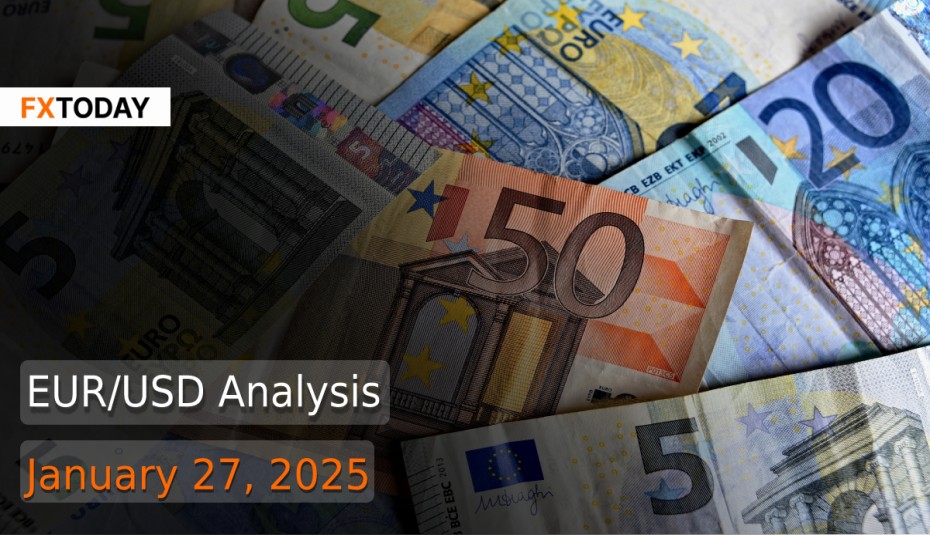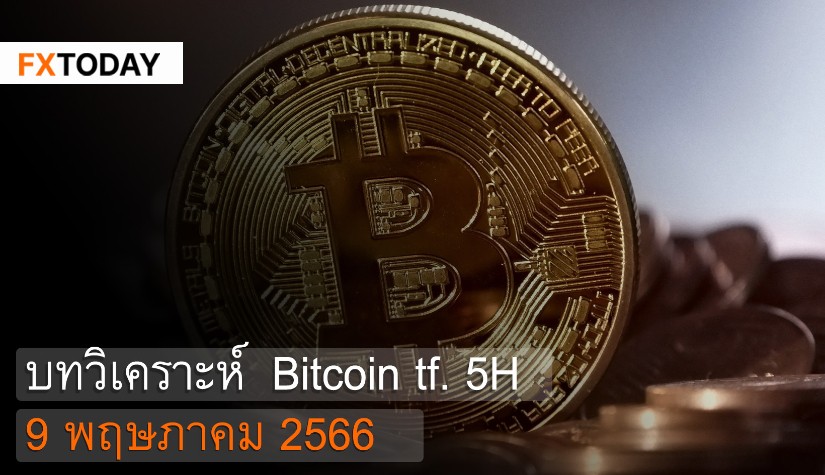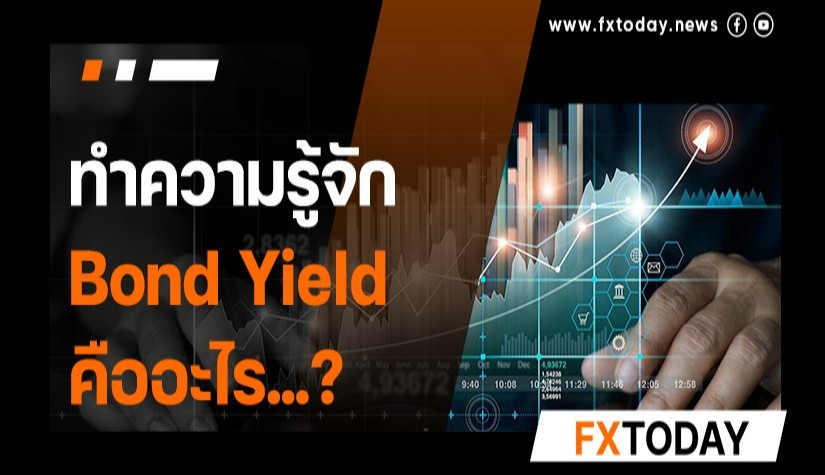Central Banks Convene Amid Economic Challenges, ECB Expected to Cut Rates
A significant week lies ahead, with the Federal Reserve, ECB, and Bank of Canada holding their first 2025 meetings. The ECB is widely expected to cut rates by 25 basis points, addressing weak growth and the economic uncertainty fueled by U.S. trade policies. Although President Trump has opted not to impose broad tariffs, targeted actions against the EU, Canada, Mexico, and China remain possible, creating potential inflationary and growth challenges for the eurozone. The euro has risen, supported by business activity improvement and easing manufacturing declines.
ECB President Christine Lagarde advocates for gradual rate cuts targeting a 2% neutral rate by year's end. Analysts forecast four cuts in the first half of 2025, with a slower pace thereafter. However, caution prevails as policymakers stress the importance of data-driven adjustments and monitor risks from a weaker euro. Trade tensions, particularly U.S. tariffs, could prompt swifter ECB action to mitigate adverse effects on growth and inflation.
The EU faces a complex economic landscape shaped by trade disputes, fiscal challenges, and defense spending demands. Analysts propose various responses to U.S. tariffs, ranging from retaliation to concessions like increased imports of American natural gas. Stress tests by the European Banking Authority are underway to assess banks' resilience to trade shocks.
Consumer and business sentiment in the eurozone has seen modest improvement, with regional disparities continuing. Germany shows stabilization, while France grapples with political and economic uncertainties. In defense, Western Europe weighs heightened security needs against budgetary constraints as the U.S. pushes for increased NATO contributions. Fiscal discipline and geopolitical strategy remain pivotal for Europe’s economic and security policies.
The German economy in 2025 is grappling with significant hurdles, primarily weak household consumption, declining export performance, and sluggish potential growth, according to UBS Global Research. These issues are interconnected, demanding urgent attention from policymakers to avert further stagnation. Weak household consumption, driven by high inflation and rising living costs, has eroded purchasing power and dampened consumer confidence, leading to reduced spending. This contraction impacts retail, services, and overall investment sentiment, creating a feedback loop that hinders recovery efforts.
Germany's export sector, a historical strength, is underperforming amid global competition. Supply chain disruptions, elevated production costs, and shifting consumer preferences have slowed export growth relative to global demand. Competitors are capitalizing on emerging opportunities, highlighting the need for Germany to revamp its strategies to maintain relevance in international markets. Structural challenges also weigh heavily on Germany's long-term economic potential. An aging population and stagnant workforce growth limit productivity and innovation, threatening the economy's ability to sustain growth.
The government has revised its 2025 growth forecast downward to 0.3% from 1.1%, reflecting ongoing struggles after consecutive years of contraction. Official data indicates that in 2024, the economy shrank by 0.2%, burdened by foreign competition, high energy costs, elevated interest rates, and uncertain business prospects. Political discord over economic revitalization further complicates recovery, as evidenced by the collapse of Chancellor Olaf Scholz's coalition. Investor confidence has also faltered, with sentiment indices dropping, driven by weak private spending, a struggling construction sector, and political uncertainties tied to Germany’s upcoming February elections.
The U.S. dollar experienced a significant decline last week, marking its worst performance in over a year. This drop was driven by reduced concerns over the scope and impact of tariffs proposed by President Donald Trump, as expectations of a global trade war eased. Earlier fears of inflation linked to high tariffs had pushed Treasury yields and the dollar higher. However, Trump's recent statements about potential trade agreements with China have reassured markets, leading to a reversal. The dollar index fell to 107.45, down 1.79%, its sharpest weekly decline since November 2023.
Economic indicators reflect mixed signals for the U.S. economy. Consumer sentiment weakened in January for the first time in six months, driven by concerns over tariffs, labor market stability, and rising costs. Business activity also slowed, with the Composite PMI falling to a nine-month low of 52.4 in January, although manufacturing showed signs of recovery due to optimism about reduced regulation and tax cuts under the Trump administration. Despite these concerns, existing home sales hit a 10-month high in December, though the broader housing market remains constrained by high mortgage rates and prices.
The Federal Reserve is preparing for its first meeting of the year, with expectations to keep interest rates steady in the 4.25%-4.50% range. President Trump has increased pressure on the Fed to lower rates further, complicating its position as it navigates the potential economic impacts of tariffs and immigration policies.
However, the strong dollar has raised concerns about its effect on international trade and emerging markets. While a rising dollar typically increases the cost of global trade, economists argue its impact may be overstated. Services trade, less sensitive to currency fluctuations, mitigates some effects, and emerging markets are less vulnerable to currency risks than in the past. A prolonged strong dollar could further strain the U.S. economy by reducing export competitiveness and widening external liabilities.
Data for Technical Analysis (1H) CFD EUR/USD
Resistance : 1.0473, 1.0478, 1.0484
Support : 1.0461, 1.0456, 1.0450
1H Outlook
Source: TradingView
Buy/Long 1 If the support at the price range 1.0451 - 1.0461 is touched, but the support at 1.0461 cannot be broken, the TP may be set around 1.0473 and the SL around 1.0446, or up to the risk appetite.
Buy/Long 2 If the resistance can be broken at the price range of 1.0473 - 1.0483, TP may be set around 1.0498 and SL around 1.0456, or up to the risk appetite.
Sell/Short 1 If the resistance at the price range 1.0473 - 1.0483 is touched, but the resistance at 1.0473 cannot be broken, the TP may be set around 1.0456 and the SL around 1.0488, or up to the risk appetite.
Sell/Short 2 If the support can be broken at the price range of 1.0451 - 1.0461, TP may be set around 1.0435 and SL around 1.0478, or up to the risk appetite.
Pivot Points Jan 27, 2025 02:47AM GMT
|
Name
|
S3
|
S2
|
S1
|
Pivot Points
|
R1
|
R2
|
R3
|
|---|---|---|---|---|---|---|---|
| Classic | 1.0439 | 1.045 | 1.0456 | 1.0467 | 1.0473 | 1.0484 | 1.049 |
| Fibonacci | 1.045 | 1.0456 | 1.0461 | 1.0467 | 1.0473 | 1.0478 | 1.0484 |
| Camarilla | 1.0458 | 1.046 | 1.0461 | 1.0467 | 1.0465 | 1.0466 | 1.0468 |
| Woodie's | 1.0437 | 1.0449 | 1.0454 | 1.0466 | 1.0471 | 1.0483 | 1.0488 |
| DeMark's | - | - | 1.0454 | 1.0466 | 1.047 | - | - |
Sources: Investing 1, Investing 2
















